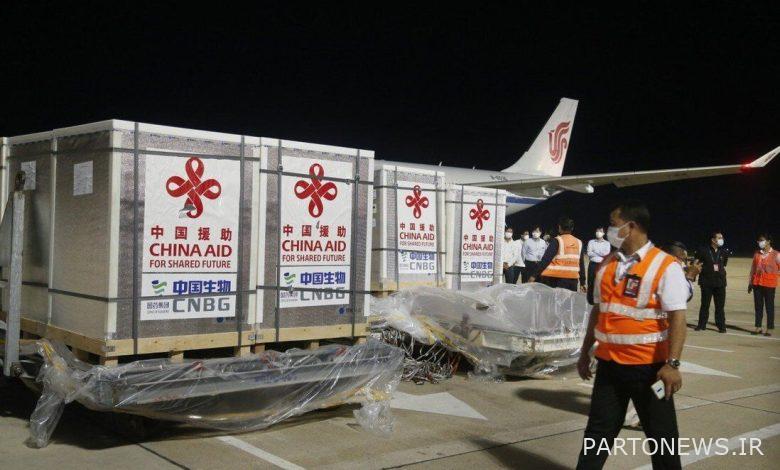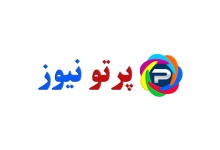Combating inequality in vaccine distribution is the only way to combat the corona threat

The World Health Organization’s Strategic Advisory Group on Immunization announced that about 120 countries have begun vaccine boosting programs, even though Adhanum’s teaching was a warning, IRNA reported Saturday, quoting France 24. No country can strengthen its way out of this epidemic.
As omicron accelerates, boosters offer higher levels of protection against the species, but third-dose and even jaharm doses exacerbate inequalities in vaccine distribution worldwide.
The findings of a coalition study of health and humanitarian organizations called the People’s Vaccine Alliance show that in the six weeks leading up to Christmas, the EU, the UK and the US received a total of 513 million doses of Covid-19 vaccine, while African countries in total They received only 500 million doses in the whole year.
About 30 million people in the UK have received the third dose of the vaccine, while 19 million in France have received the third dose. Israel also recently announced a fourth dose for people 60 and older.
“The important thing is that we make sure that vaccines are available all over the world,” said Lawrence Young, a virologist at Warwick School of Medicine in the United Kingdom.
“The omicron is a wake-up call that tells us what we have heard through the epidemic is that none of us are safe unless we are all safe.” He stressed that there are not enough vaccines around the world.
Inequality in vaccine distribution means that wealthy countries have the ability to respond to the threat of the virus by guaranteeing sufficient doses to vaccinate their entire population multiple times, while poorer countries do not.
Countries with the fewest facilities, located mainly in central and southern Africa, and of course countries such as Afghanistan, have only been able to provide the first dose of vaccine to 60% of their population.
The Omicron threat has limited the supply of the vaccine and made it harder for poorer countries to access, according to Max Lousan, co-chair of the People’s Vaccine Association.
He added: “As we enter 2022, we are facing a larger supply crisis that does not have enough vaccines in the world. In this situation of shortage, the most powerful countries with the largest bank holdings are fighting to be at the forefront, and developing countries are once again left behind.
Vaccine hoarding also means that the commitments of richer countries to share the vaccine have not been met.
The results of a study showed that by October 2021 (October 1400), only 14% (261 million doses) of the 1.8 billion doses of the promised vaccine had been supplied by rich countries.
The study also found that four major vaccine companies (Astrazenka / Oxford, Modzena, Johnson & Johnson and Pfizer / Bayonne Tech) delivered less than half the doses promised to the Covid-19 Vaccine Access Program (Kovacs). اند.
According to the report, richer countries have naturally tried to protect their population as much as possible, especially at the beginning of the epidemic.
As the virus spreads, it continues to mutate. The worst-case scenario is for a vaccine-resistant strain to develop.
.

